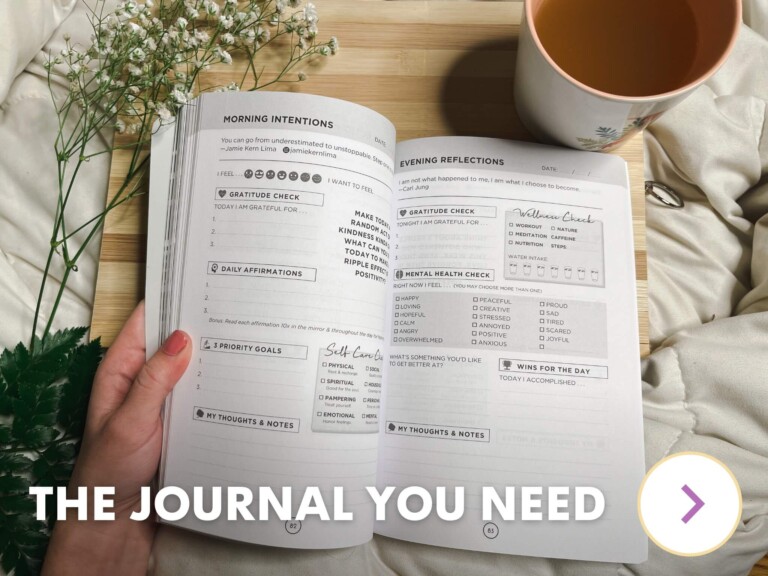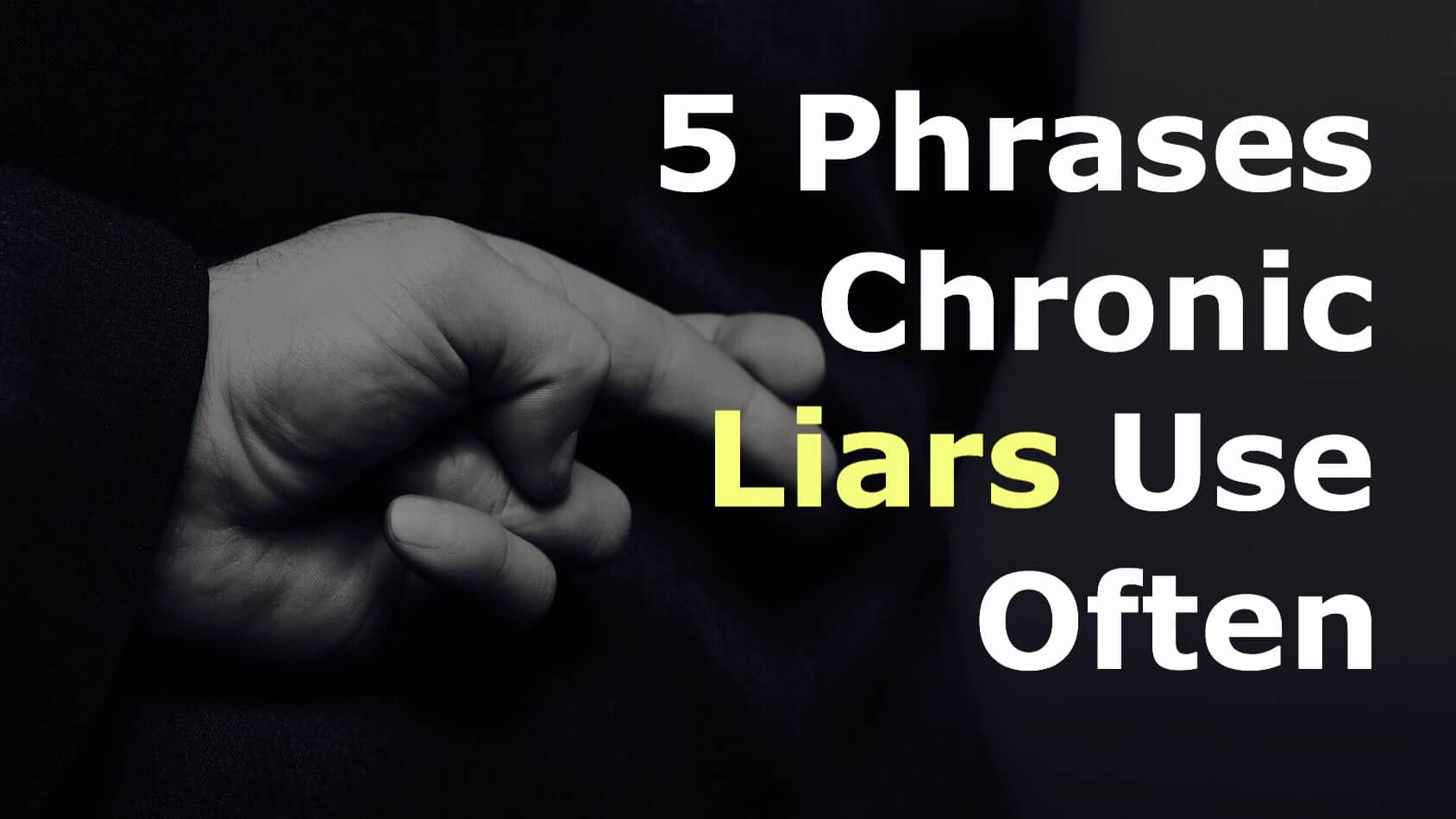Here are some actions when women are growing disinterested in a relationship.
Being attuned to your partner’s behaviors and moods isn’t merely a skill. Rather, it’s a superpower that can help you understand their feelings and the health of your bond. Subtle changes can be early warnings that a woman is no longer interested. These shifts might be slight initially, but recognizing them early can empower you to address underlying issues before they escalate.
This article explores fifteen specific behaviors that could indicate a woman is losing interest in a relationship. By paying attention to these signs, you can gain insights into her emotional state and possibly rekindle the connection before it dwindles.
NOTE: This article covers typical behaviors that a woman losing interest might exhibit; look for our companion article for male behaviors.
Early Signs When a Woman Loses Interest

1 – Shortened and Delayed Responses
Communication is the lifeline of any relationship. When a woman begins to lose interest, one of the first signs is often a change in her communication style. Perhaps her text messages become shorter or less engaging. Or, she delays responding to you without a usual or new reasonable cause. Understanding the significance of these changes in her communication style can be key to recognizing potential signs of disinterest.
In that case, it might indicate a decreased desire to maintain constant contact. This shift from lively, attentive exchanges to minimalistic interactions can be particularly telling if she previously valued quick and vibrant conversations.
2 – Scheduling Conflicts
A sudden surge in scheduling conflicts can also be a subtle indicator of changing feelings. If she starts to have an array of new commitments that directly conflict with the time you usually spend together, it might not just be a busy season. Rather, it could signal that she’s creating distance.
Whether these commitments are professional, social, or personal pursuits, their convenient timing often suggests a deeper intention. Indeed, she may intend to put space between you.
3 – She Takes Initiative Less Frequently
The dynamism of a relationship often relies on the mutual effort to engage and create moments together. If she stops taking the initiative to make plans or reach out first, this can be a significant sign of disinterest.
This withdrawal could mean she’s no longer as invested in fostering the relationship’s growth or seeking shared experiences. When the effort to maintain the relationship becomes one-sided, it often points to a shift in her priorities and emotional engagement. Recognizing this shift can be crucial in understanding when her lack of initiative might indicate disinterest.
Subtle Behavioral Shifts
4 – Avoiding Physical Contact
Physical touch is a powerful part of intimacy in a relationship. When a woman starts avoiding physical contact—such as not holding hands, dodging hugs, or sitting further away from you than usual—it can be a significant sign of emotional distancing.
This avoidance isn’t always overt. Sometimes, it’s as subtle as withdrawing her hand more quickly than usual or consistently positioning herself just out of reach. But remember, these small actions are not definitive proof of disinterest. They are potential indicators, and understanding them can help you navigate your relationship with more empathy and understanding.
5 – She Has a Change in Tone During Conversations
The tone of voice a person uses can convey a wide range of emotions, which makes it a critical indicator of someone’s feelings in a relationship. If her tone lacks the warmth, affection, or enthusiasm it once had, it might signify deeper emotional shifts. A colder, more formal, or disinterested tone can suggest that she’s emotionally withdrawing from the relationship. How she speaks to you, not just what she says, can provide insights into how her feelings may change.
6 – Rarely Shares Personal Thoughts if Losing Interest
Sharing personal thoughts, feelings, and daily experiences deepens intimacy and strengthens bonds in a relationship. If she begins to share less about her life or seems uninterested in disclosing her thoughts and feelings, it can indicate a withdrawal from the relationship’s emotional closeness.
When communication becomes more about the superficial aspects of life and less about personal sharing, it may signify that she’s guarding her emotions, possibly due to a loss of trust or interest in maintaining a deeper connection.
Changes in Personal Interaction Reveal a Lack of Interest
7 – Focus Shifts During Conversations
When genuinely interested and engaged in a relationship, they typically focus intently on conversations with their partner. If she appears frequently distracted or disengaged while you’re talking, it can significantly indicate her shifting focus.
This might manifest as her often looking at her phone or watching the clock while spending time together. Or, she could seem preoccupied during discussions. Such behavior disrupts communication and suggests that her priorities might be realigning away from the relationship, reflecting a deeper emotional or mental disengagement.
8 – Indifference to Special Occasions
Special occasions like anniversaries, birthdays, or significant milestones are usually times for celebration and reaffirmation of a relationship’s bond. However, if she shows a marked lack of enthusiasm for these events, it could signal a cooling of emotions.
Her indifference might appear as minimal effort in planning, forgetting important dates, or showing little excitement about the event. This shift from previously shared joy to apparent disinterest can be particularly hurtful and is often a clear sign of emotional distancing.

9 – Less Effort in Her Appearance Could Mean She Has Lost Interest
The effort one puts into one’s appearance when meeting one’s partner can reflect one’s level of interest and respect in the relationship. A noticeable decline in the effort she puts into her appearance when meeting you can indicate waning interest. It might look like dressing more casually than usual or not grooming as meticulously.
While everyone has days when they want to dress down, a consistent lack of effort can be a subtle clue that she no longer feels the need to impress or attract. This shift reveals a decrease in romantic feelings.
Indicators of Emotional Distance
10 – She Prefers Group Settings When Losing Interest
A preference for group settings over intimate one-on-one time can subtly indicate emotional distancing. If she increasingly opts to meet in larger groups rather than spend time alone with you, it may suggest a shift in her comfort levels and interests.
This behavior allows her to maintain a connection with you without the intimacy of personal interaction, which can be less demanding emotionally. The transition from exclusive dates to group hangouts can signal her need for space and possibly a reevaluation of the relationship’s dynamics.
11 – Expresses Annoyance Over Trivial Matters
Irritation over small, everyday habits can indicate deeper issues in a relationship. If she expresses annoyance over trivial matters—such as how you talk, eat, or even your routine habits—this might reflect underlying dissatisfaction.
This increase in criticism often isn’t about the habits themselves. Rather, they show general discontent or frustration within the relationship. Recognizing these expressions of irritation can provide insight into her feelings, suggesting that her emotional connection or patience with the relationship may be waning.
12 – She Cancels Plans Last Minute
The frequency and nature of how plans are canceled can say a lot about someone’s priorities. If she begins to cancel plans at the last minute frequently, it might suggest that maintaining a relationship with you is becoming less of a priority. This behavior disrupts mutual efforts to spend quality time together and signals a lack of respect for your time and feelings. Frequent cancellations without genuine or urgent reasons can indicate her interest and commitment to the relationship are diminishing.
Reflecting a Shift in Priorities
13 – Lack of Future References
When a woman avoids discussing or making plans together, it can significantly indicate her shifting priorities. This reluctance often means she is unsure about the relationship’s longevity and may reconsider her long-term commitment. If she hesitates or changes the subject when discussions of major life events arise, it suggests she might not see her future intertwined with yours as clearly as before. This behavior especially tells if she previously engaged in such conversations with enthusiasm.
14 – Change in Social Media Behavior
Social media often reflects our personal priorities and emotional states. A noticeable change in how she interacts with you on social media—such as less engagement with your posts, not sharing moments as frequently, or an increase in posting about individual activities—can indicate a change in how she views the relationship. This digital distance might mirror a real-world emotional distance, showing a potential shift in her feelings and priorities.
15 – Increased Independence in Activities
If she starts pursuing more activities alone or with others without involving you, as she might have before, it can indicate a growing sense of independence from the relationship. This behavior includes attending events, taking up new hobbies, or planning trips without considering you as part of these plans. While independence is healthy, a marked increase in doing things separately can suggest she’s creating a life that’s less intertwined with yours, reflecting a potential shift in her commitment and interest levels.
Final Thoughts on the Signs a Woman Isn’t Interested in a Relationship
Recognizing the subtle behaviors that signal a loss of interest can be crucial for maintaining your mental health and ensuring satisfaction in your relationship. These signs are often the first indicators of underlying issues that can lead to one of two outcomes: resolution strengthening the relationship or legal understanding that it’s time to part ways.
Understanding and addressing these signs can prevent prolonged distress and enable both partners to rekindle their connection or move forward separately. If you have any questions or need further guidance, continuing this conversation can be a valuable step toward resolving these challenges.


















